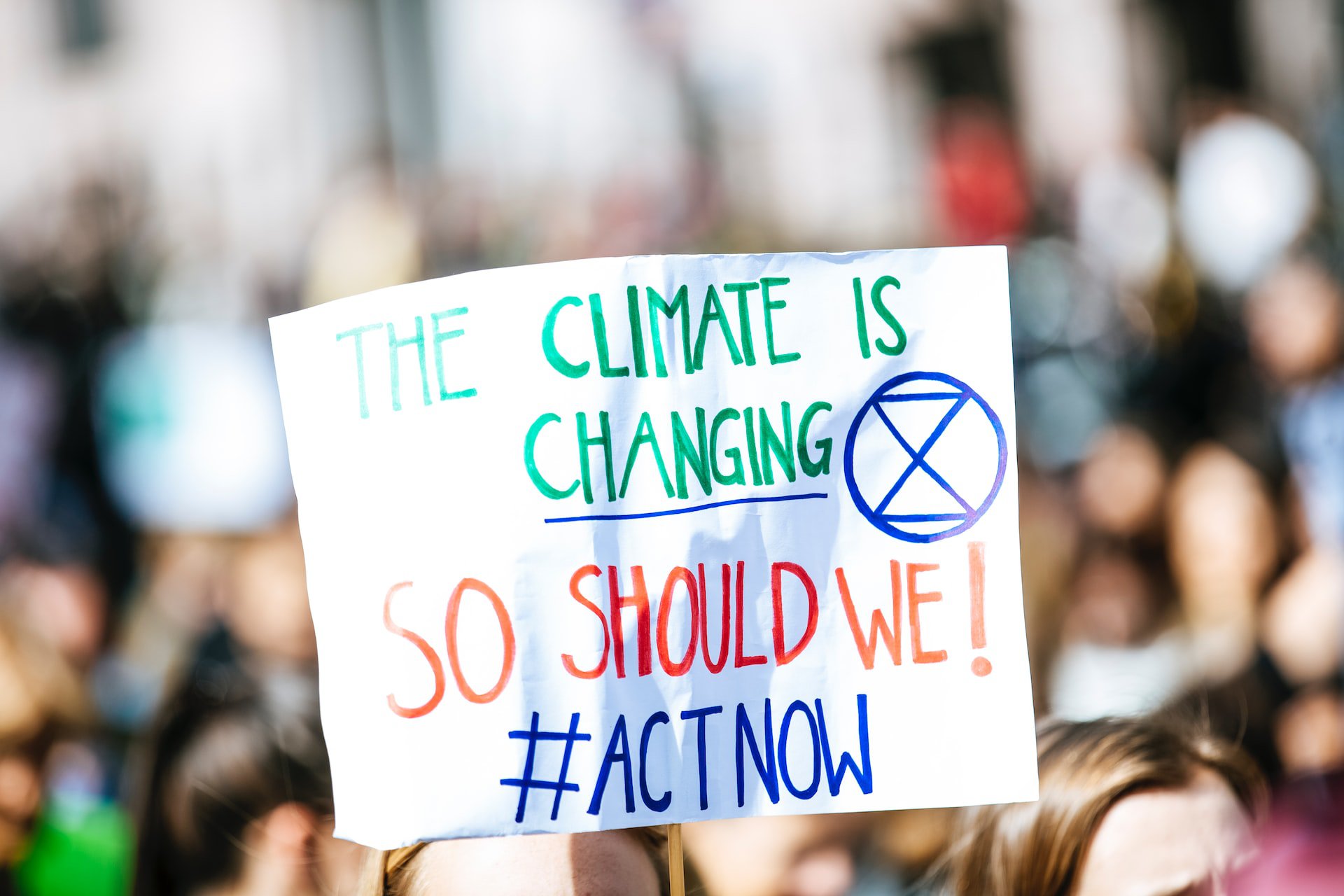
Climate Change Education Created for High Schools
Faculty at U-M Climate and Space worked with the Battle Creek Public Schools system to create a stand-alone climate change course for high schools.

Faculty at U-M Climate and Space worked with the Battle Creek Public Schools system to create a stand-alone climate change course for high schools.
Faculty at the U-M Department of Climate and Space Sciences and Engineering worked with the Battle Creek Area Mathematics and Science Center, a STEM school operated by Battle Creek Public Schools in Michigan, to create a stand-alone climate change course to be taught in high school.
Professor Richard Rood, Ph.D., worked with Timothy Muhich, a science teacher in Battle Creek, Michigan, to write a case study on the pilot course, which was offered during the 2020-2021 school year and was open to all 11th and 12th grade students enrolled at BCAMSC. High school students expressed appreciation for the Climate Change Education (CCE), with some calling it the “most useful and important class” taken during high school.
Read more in the September/October 2022 edition of “The Science Teacher” from the National Science Teaching Association.